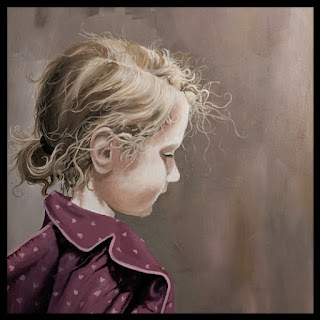I'm an extremely slow and impatient artist, who would love to illustrate children's books and graphic novels. I also have aspirations to return to technical art someday when my kids are older. It occurred to me recently that I could perhaps kill two birds with one stone. Could I design a pipeline or a set of processes using 3D authoring tools and scripts to speed up my illustrations?
My first goal is to relearn basic 3D modeling in blender. I have been working on illustrations for a poem my sister wrote about a club for animals with neat tongues. Half the story takes place in a single location in jungle ruins. Initially, I did a lot of sketching and came up with some ideas. However, it was hard for me to get a correct perspective for the composition I wanted. It seemed like a perfect project to make use of some quick and unpolished 3D modeling.
Here is my first stab at one of the illustrations before using blender to build the scene.
Finally, here is the illustration redrawn with the help of the 3D scene. Building the scene in 3D made my poor choice of angles glaringly obvious. Note how I originally made the snake looking away from the dog. The original illustration looked wrong to me, but I didn't realize that was why until I looked at it in 3D. Then it was immediately apparent.























